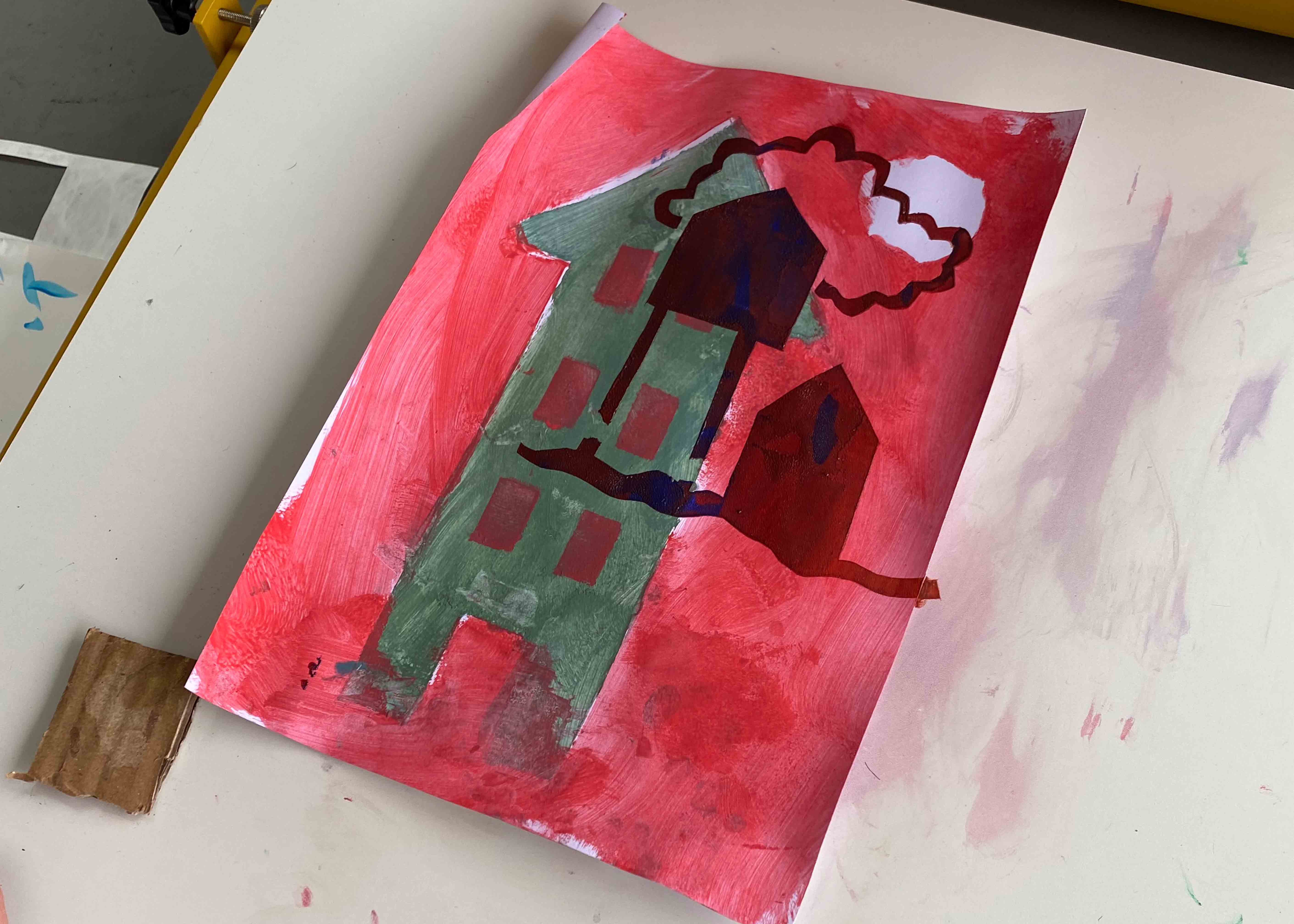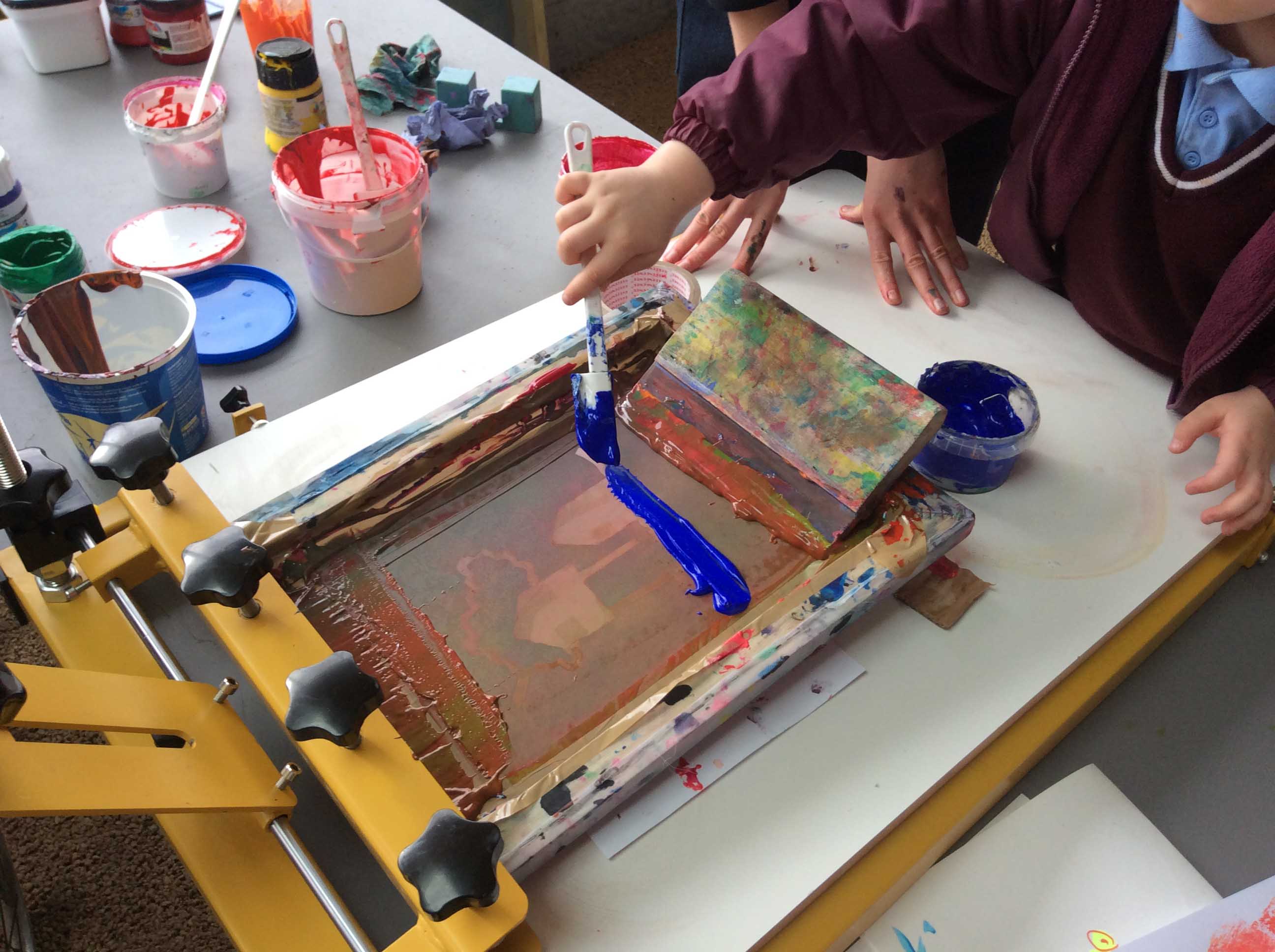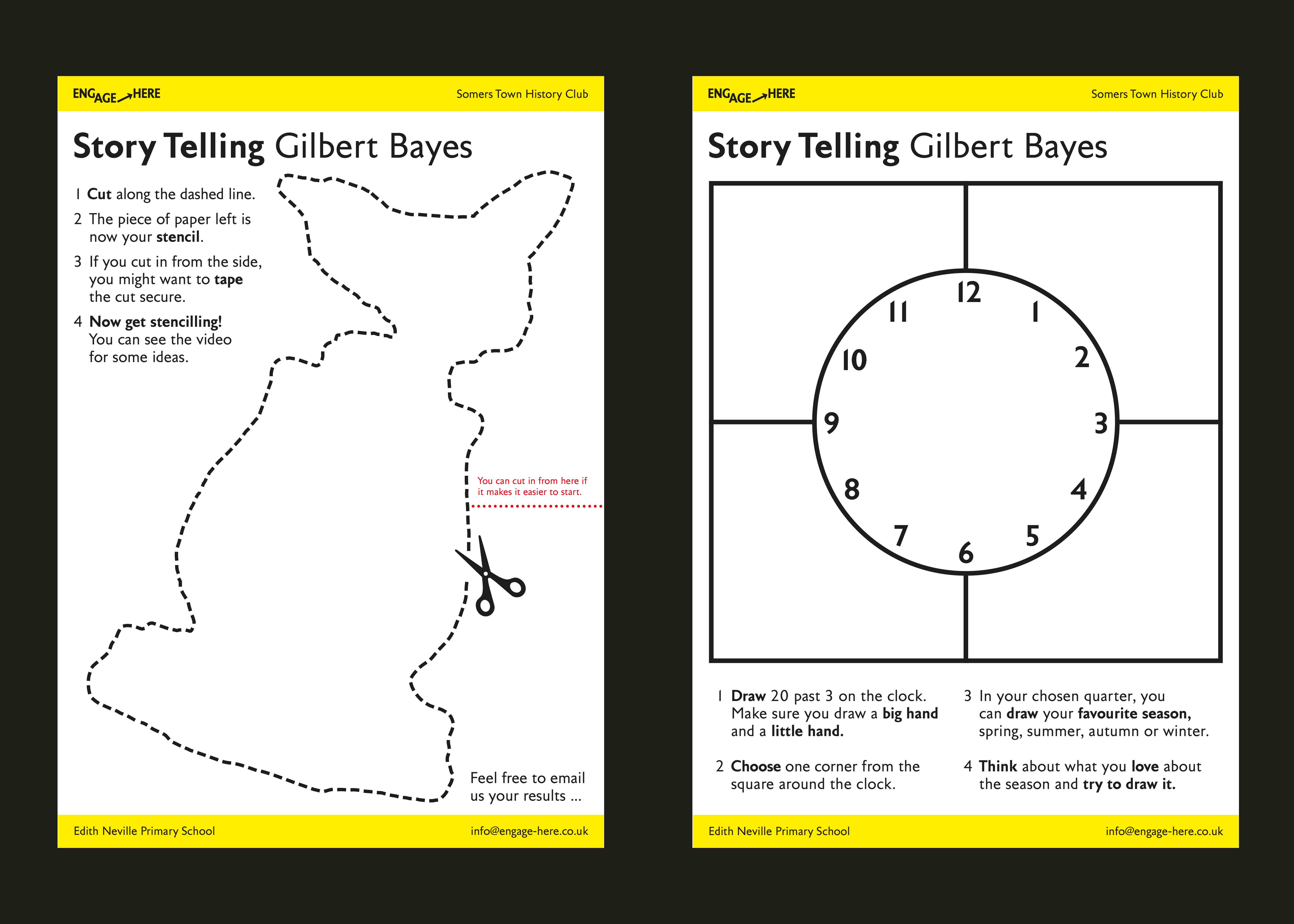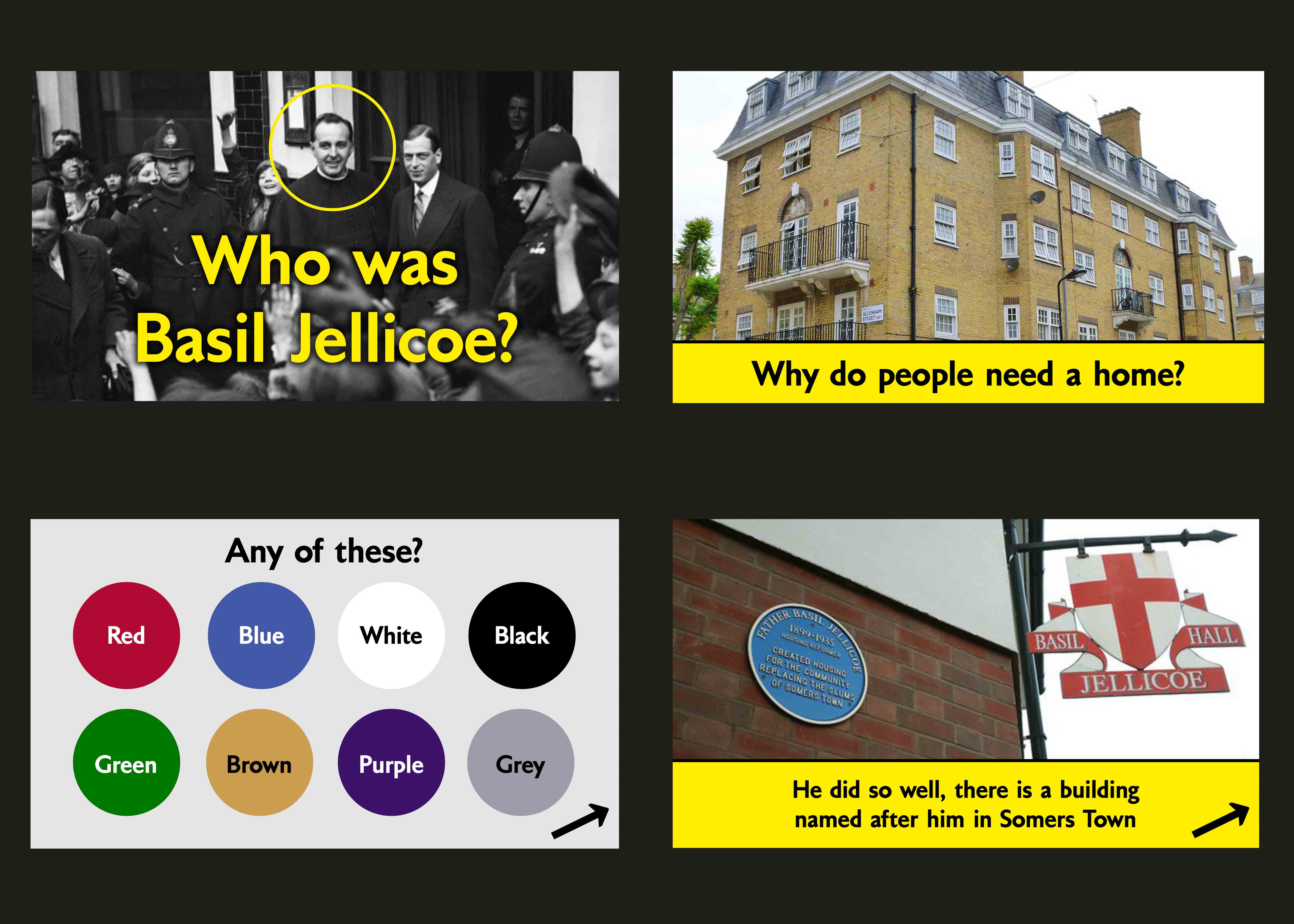SENsory
at Edith Neville School

In partnership with the Somers Town History Club, we facilitated lessons, activities, and screen-printing workshops for the children of Edith Neville Primary School.

The visual focus of these workshops stemmed from discussions with history club members about the people and events that have shaped the area. The resulting subjects were: Edith Neville and Family Life (the school's namesake); Mary Wollstonecraft and Women's Equality; Basil Jellicoe and Housing; Elizabeth Garrett Anderson and Healthcare; Gilbert Bayes and Public Art; and the Transport Network, based on Somers Town's unique proximity to three major railway stations: Euston, St Pancras, and King's Cross.


Lessons and art activities were tailored to school years 1-6. Each lesson combined presented information, Q&A sessions, and a pre-recorded storytelling segment that connected the themes to cultural references like nursery rhymes, Charles Dickens, and even Sesame Street. These stories were narrated with the help of various actors, some local or with connections to the area.
Following each lesson, children engaged in an art activity. These varied in difficulty and scope for experimentation depending on age. Each activity directly connected to the lesson and was designed for independent completion. Examples included decorating an illuminated clock like Gilbert Bayes's on the Sidney Estate and designing a house with consideration for the surrounding environment, echoing Edith Neville and Basil Jellicoe's belief in a fulfilling life beyond the home.

0The themes of Housing and Mary Wollstonecraft were further explored through in-person screen-printing workshops at Edith Neville Primary School. During these workshops, children were introduced to the screen-printing process, learning about the tools and machinery involved. This provided an excellent opportunity to utilize our new portable screen-printing bed, funded by Camden Giving. We then discussed how to create a successful stencil for printing without the complex exposure processes typically required. Each child ultimately produced several unique prints. Mixing inks directly onto the screen, rather than beforehand, added an element of surprise to the final reveal.

This project has been made possible by Camden Giving.
